You can easily grow these 5 houseplants outdoors, according to experts – for an instant tropical summer garden
It may surprise you which indoor plants can thrive in your yard during the warmer months


Anyone who knows me knows houseplants are one of the biggest joys in my life. I've continuously been adding to my collection over the last few years and until recently, they were the only way I was able to garden because I was living in an apartment. But, now that I've moved into a home with a backyard, I'm keen to extend my indoor jungle outdoors. That's why I've been researching the easiest houseplants to grow outdoors for summer.
While you may assume indoor plants have to stay inside all year round, they can actually benefit from getting some fresh air when outdoor conditions allow for it. It only makes sense, of course, as houseplants have native outdoor habitats they originate from. These habitats tend to be more tropical, hence they have become popular houseplants to grow indoors protected from colder climes.
This means not all houseplants will be able to grow outdoors in every region all year round. But, there is a point in the year when you can move houseplants outdoors for summer. Here are our top five.
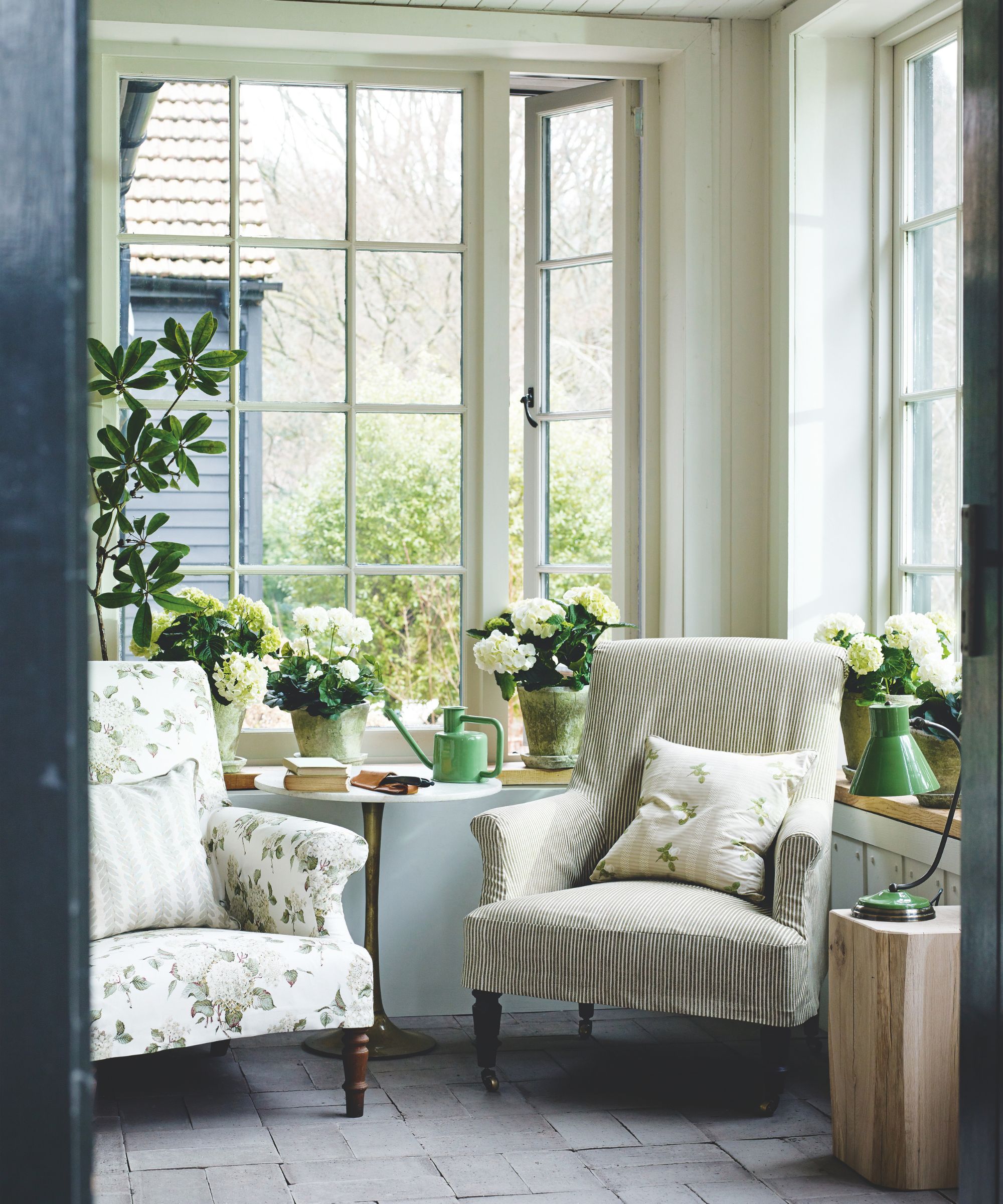
5 easy houseplants to grow outdoors in summer
Introducing houseplants to the yard is a great way to achieve a tropical garden full of luscious foliage. Your plants will also appreciate fresh air, sunlight exposure, and indoor flowering plants may get some visitors from pollinators outdoors.
But, you should always be aware of what can grow in your US hardiness zone before growing the following plants in your yard. Here, experts share tips on growing them outdoors to help you out:
1. Boston fern
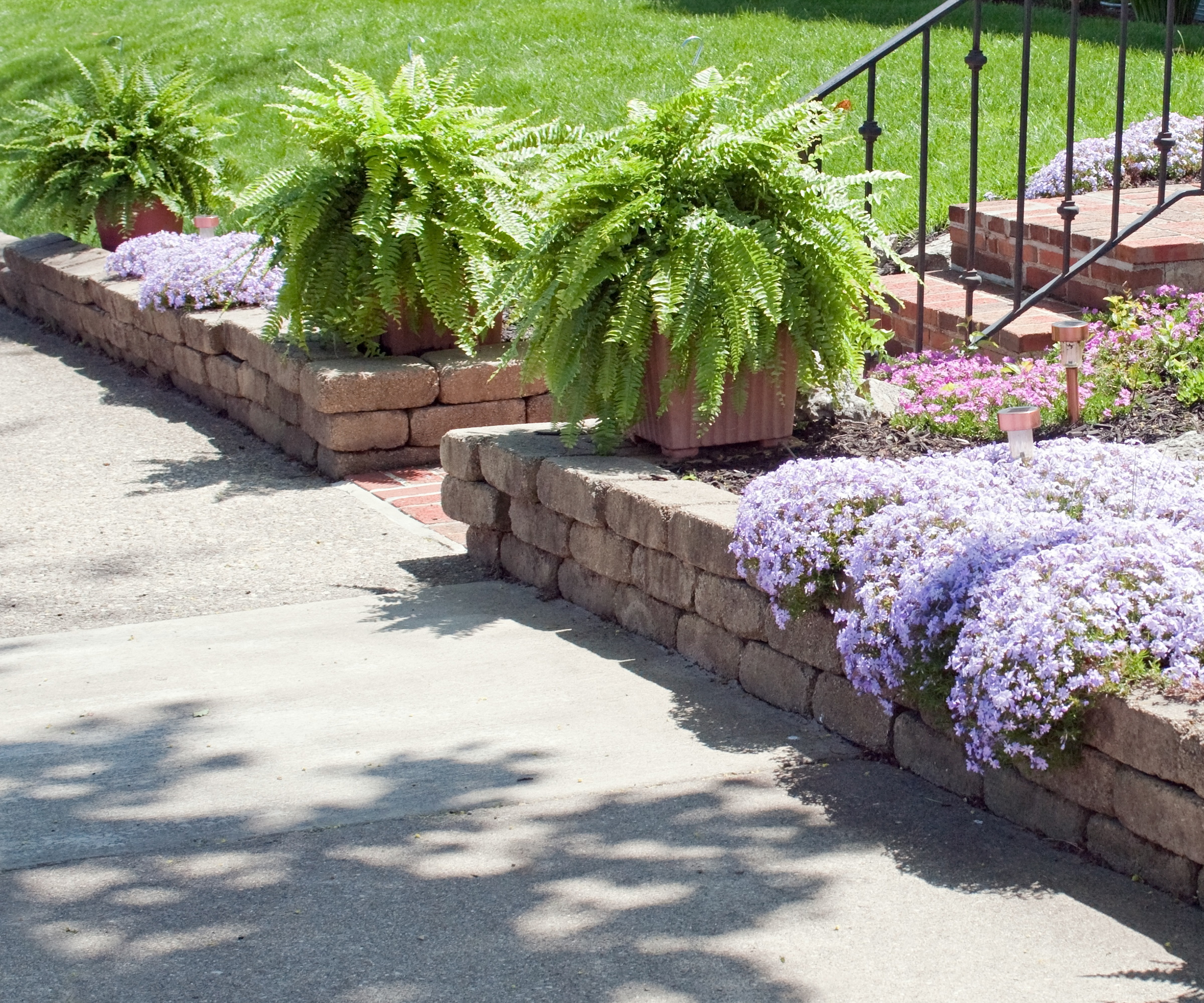
- Hardiness for permanent outdoor position: US hardiness zone 9 to zone 11
- Temperature tolerance: 60-75°F
If you love indoor ferns, you'll be pleased to know you can grow Boston fern outdoors. They are one of the easiest houseplants to grow outdoors for impactful foliage, with their luscious fronds growing well in a hanging basket, container, or bed. This Boston fern from The Sill actually comes in a hanging basket, ready for displaying outdoors.
'Boston ferns thrive on humidity, so it is in its glory being outside for the summer months,' says houseplant expert and garden designer Lee Miller.
Design expertise in your inbox – from inspiring decorating ideas and beautiful celebrity homes to practical gardening advice and shopping round-ups.
'Bring Boston fern outdoors when the night time temperatures stay consistently above 50 degrees. You should place it in a shaded location, such as under a porch canopy to prevent leaf scorch to its beautiful foliage and water frequently to keep the soil moist, but not wet,' Lee advises.
Just like caring for Boston fern indoors, it's wise to keep humidity levels up for your Boston fern outdoors. For example, you could regularly use this plant mister from Amazon, or place your fern among other plants to raise humidity levels.
Make sure to prevent pests when moving any houseplants back indoors. This includes checking leaves, hosing down your plant, and isolating it from other houseplants for a little while.
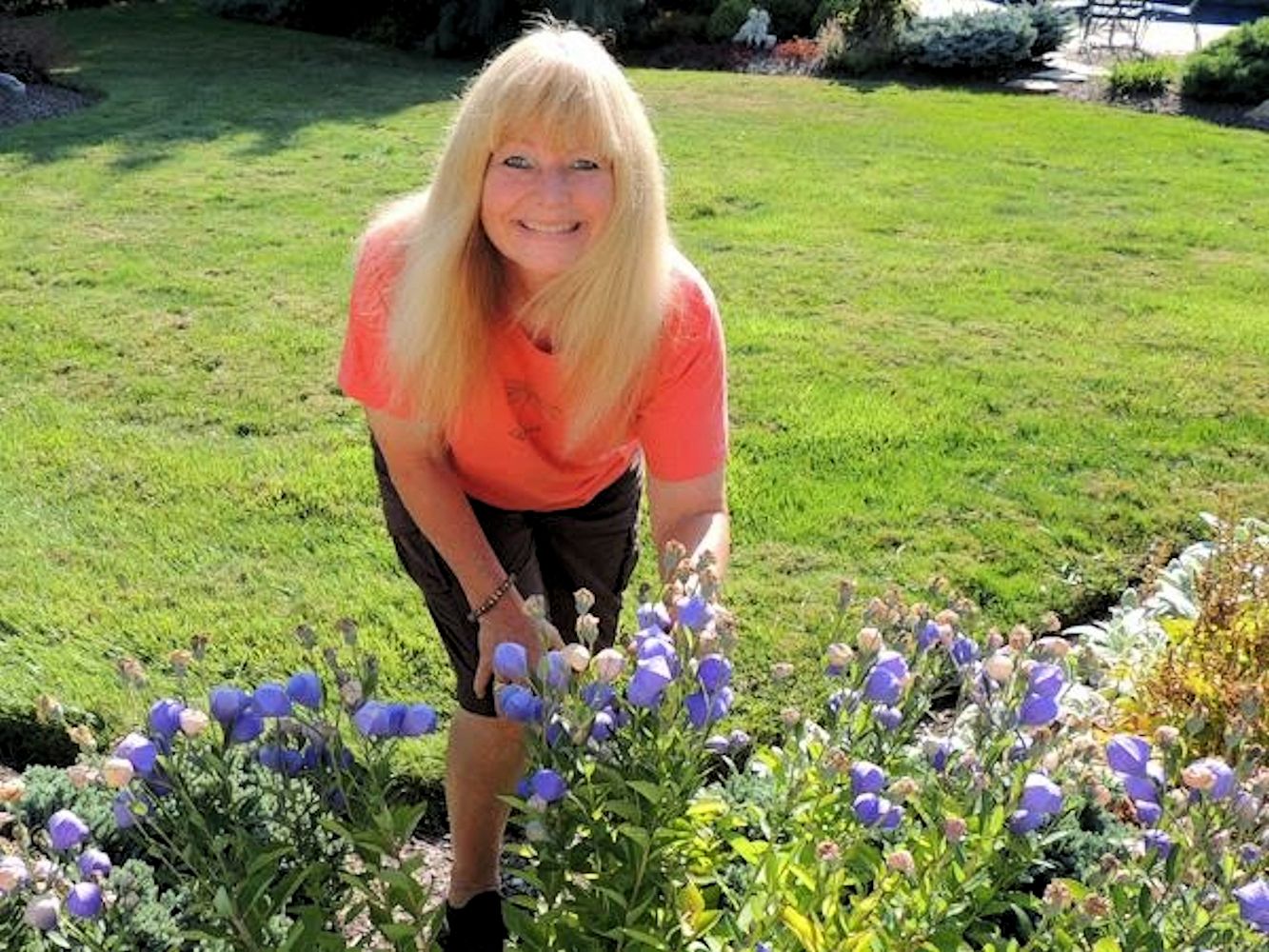
Lee Miller is a landscape/garden designer, consultant, garden coach, speaker, and award-winning garden blog author from the south shore of Long Island, who has been involved in the horticultural industry for over 29 years. She is the author of six gardening books, including her most recent addition, The Houseplant Guide: How to Easily Select & Maintain Indoor Plants.
2. Bird of paradise

- Hardiness for permanent outdoor position: US hardiness zone 10 to zone 12
- Temperature tolerance: 24-80°F
One of the most popular tropical indoor plants is bird of paradise, or Strelitzia reginae, a beautiful plant with glossy paddle-shaped leaves and striking orange blooms that give it its name.
'They have big leaves, so keep them out of the wind, as it may shred them,' warns Lisa Eldred Steinkopf, houseplant expert at The Houseplant Guru.
You can grow bird of paradise in pots or borders. Just make sure to choose a full sun position and water regularly so they don't dry out entirely. Although, you should avoid overwatering and waterlogging the soil.
To help your bird of paradise flower and put on a magnificent display for summer, try using this bird of paradise fertilizer from Amazon. Only feed your bird of paradise every three weeks throughout spring and summer to avoid fertilizing mistakes that could burn their roots.
Find a bird of paradise plant from The Sill.

Lisa is a houseplant expert who runs her blog The Houseplant Guru with over a decade of professional experience at Steinkopf Nursery and Garden Center in Michigan. As a child, Lisa helped her grandma tend to African violets and other houseplants. Since then, Lisa has forged a career providing houseplant advice, holding lectures and writing for publications across the US.
3. Pothos
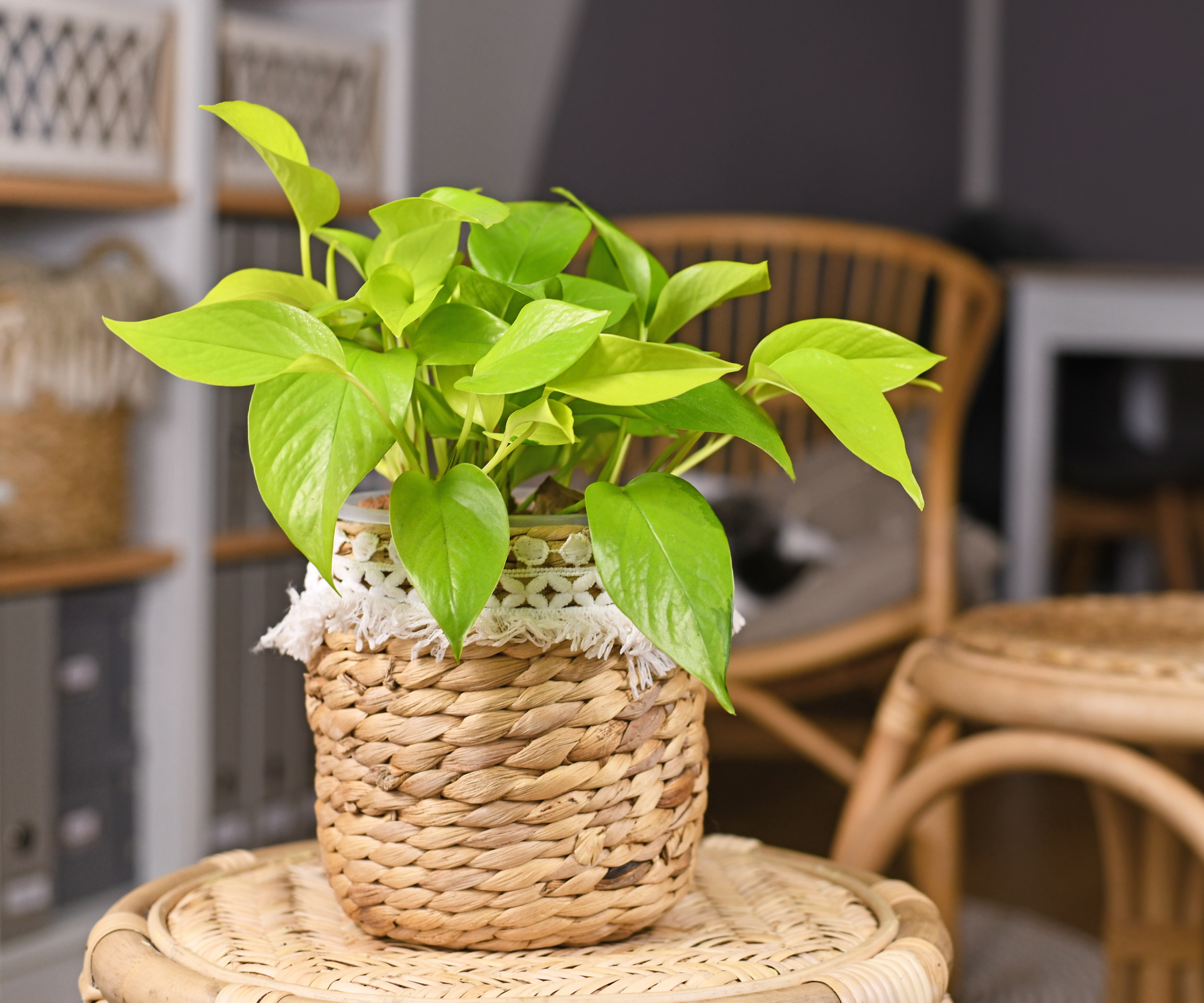
- Hardiness for permanent outdoor position: US hardiness zone 10 to zone 12
- Temperature tolerance: 50-90°F
For a vining option, perhaps for a plant to grow up a pergola or to add some greenery to your outdoor living room for summer hosting, consider growing a pothos outdoors.
'Pothos enjoys bright but indirect lighting and protection from winds. It can be beautifully displayed as a potted or hanging plant in a protected area such as under a porch,' Lee says.
There are also lots of pothos varieties to choose from, so you can opt for one that suits your backyard aesthetic. For example, choose the classic golden pothos (from Walmart) or neon pothos (from Walmart) for a brighter look.
'To gradually introduce it back into its indoor home, place in a more shaded location while outdoors for a few days to acclimate it,' Lee suggests.
4. Cacti and succulents

- Hardiness for permanent outdoor position: Varies
- Temperature tolerance: Varies
Landscaping with succulents and cacti is a great way to add some architectural interest to your yard, and it's easier to grow these desert plants outdoors than you might assume.
'They love being outside in the summer. They can be placed in full sun if they are acclimated to that situation,' says Lisa. 'They can be kept outside into the fall and can tolerate colder temperatures than most houseplants,' she adds.
Of course, temperature tolerance will vary between types of succulents and cacti, but they generally can tolerate as cool as 40°F. Ice plants (Delosperma) are a succulent that can be grown across US hardiness zone 5 to zone 9, for example, and you can buy an ice plant from Walmart.
Some key care tips for growing succulents and cacti outdoors include choosing a sunny position and not overwatering – these plants store water and thrive with a bit of drought.
5. Bromeliads
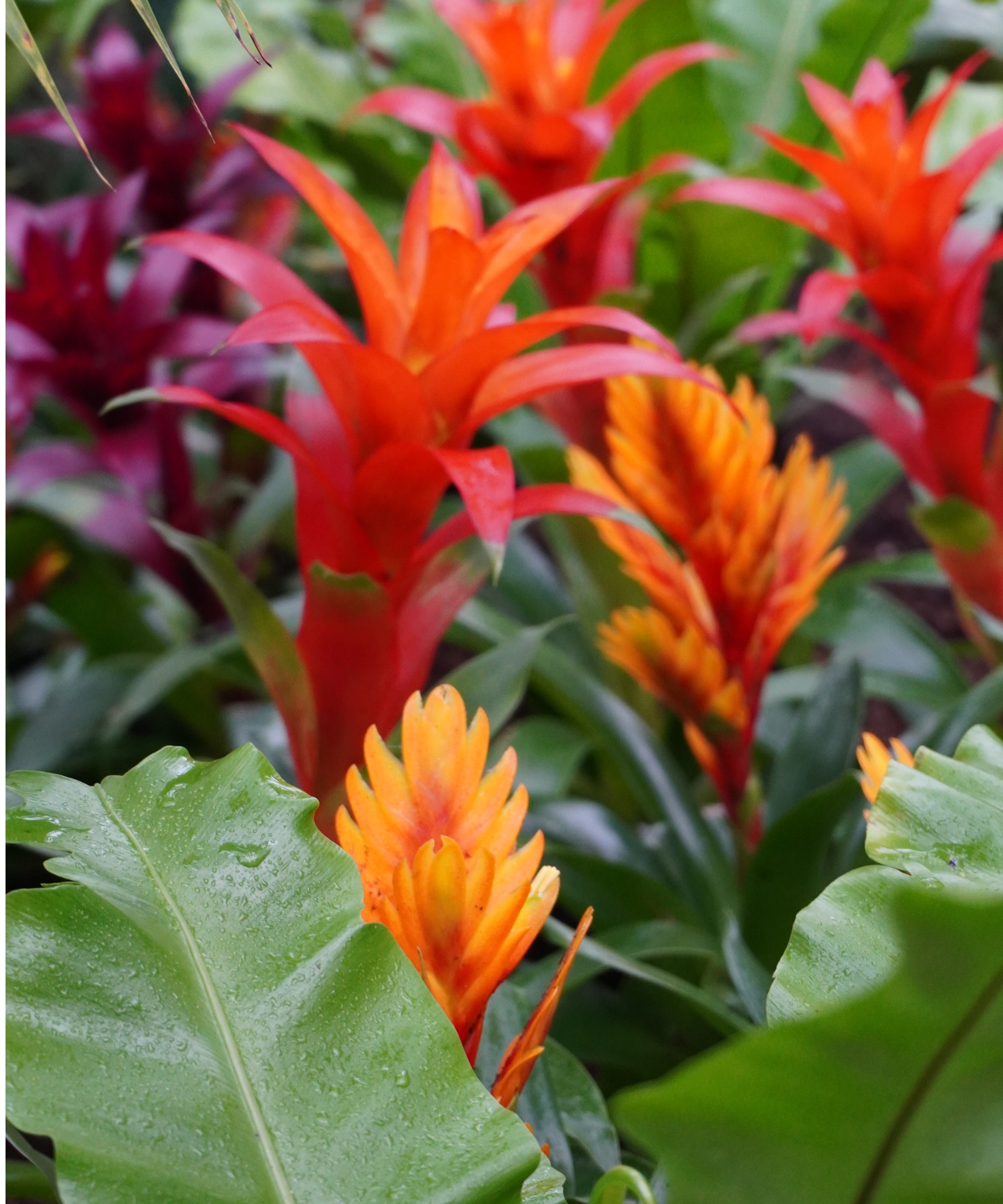
- Hardiness for permanent outdoor position: US hardiness zone 10 to zone 12
- Temperature tolerance: 45-85°F
Bromeliads are some of the most vibrant tropical plants that are loved as houseplants for their unique blooms. They have an unusual growing habit that makes them a beautiful addition to outdoor spaces:
Bromeliads are epiphytes in their native habitats, living on trees and other objects. They can take a lot of sun, but they need to be acclimated first,' Lisa says.
To acclimatize a bromeliad to your yard, start by placing them in filtered light and gradually increase sunlight exposure. You should then continue providing optimal bromeliad care.
'You can hang mounted bromeliads in your trees,' Lisa notes. To do this, use a tree fern slab (like this one from Amazon) to mount your bromeliad to.
These beautiful plants also come in wide range of colors, ideal for many different garden color schemes. For example, Bromeliad Antonio Pink from The Sill, or Bromeliad Red Guzmania Hope from The Sill.
FAQs
Can you grow houseplants in a greenhouse?
Yes, you can grow houseplants in a greenhouse and this is a great way to add some greenery if you have a seating area for relaxing in your greenhouse. This environment also provides sufficient warmth and light for houseplant propagation. Something to be aware of, however, is how warm your greenhouse gets.
It could become too hot and dehydrate your plants, or scorch their leaves. To prevent this happening, keep on top of watering and make sure to open doors and windows to provide airflow and ventilation for your houseplants. This will also help keep pests and diseases at bay.
There's no denying the easiest houseplants to grow outdoors will bring a touch of the tropics to your yard for the warmest season of the year, but it's key not to leave them in your yard too long into fall – it could kill them off as temperatures drop again.
Likewise, don't forget to keep on top of care while growing them in your yard, including continuing to avoid common indoor plant mistakes.

Tenielle is a Gardens Content Editor at Homes & Gardens. She holds a qualification in MA Magazine Journalism and has over six years of journalistic experience. Before coming to Homes & Gardens, Tenielle was in the editorial department at the Royal Horticultural Society and worked on The Garden magazine. As our in-house houseplant expert, Tenielle writes on a range of solutions to houseplant problems, as well as other 'how to' guides, inspiring garden projects, and the latest gardening news. When she isn't writing, Tenielle can be found propagating her ever-growing collection of indoor plants, helping others overcome common houseplant pests and diseases, volunteering at a local gardening club, and attending gardening workshops, like a composting masterclass.
You must confirm your public display name before commenting
Please logout and then login again, you will then be prompted to enter your display name.